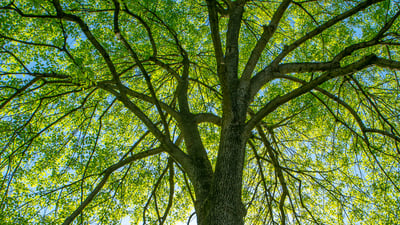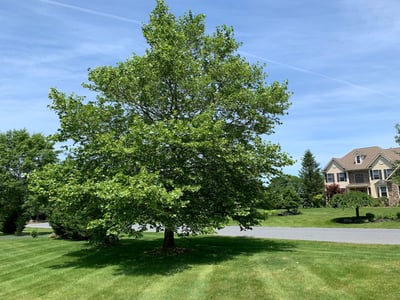

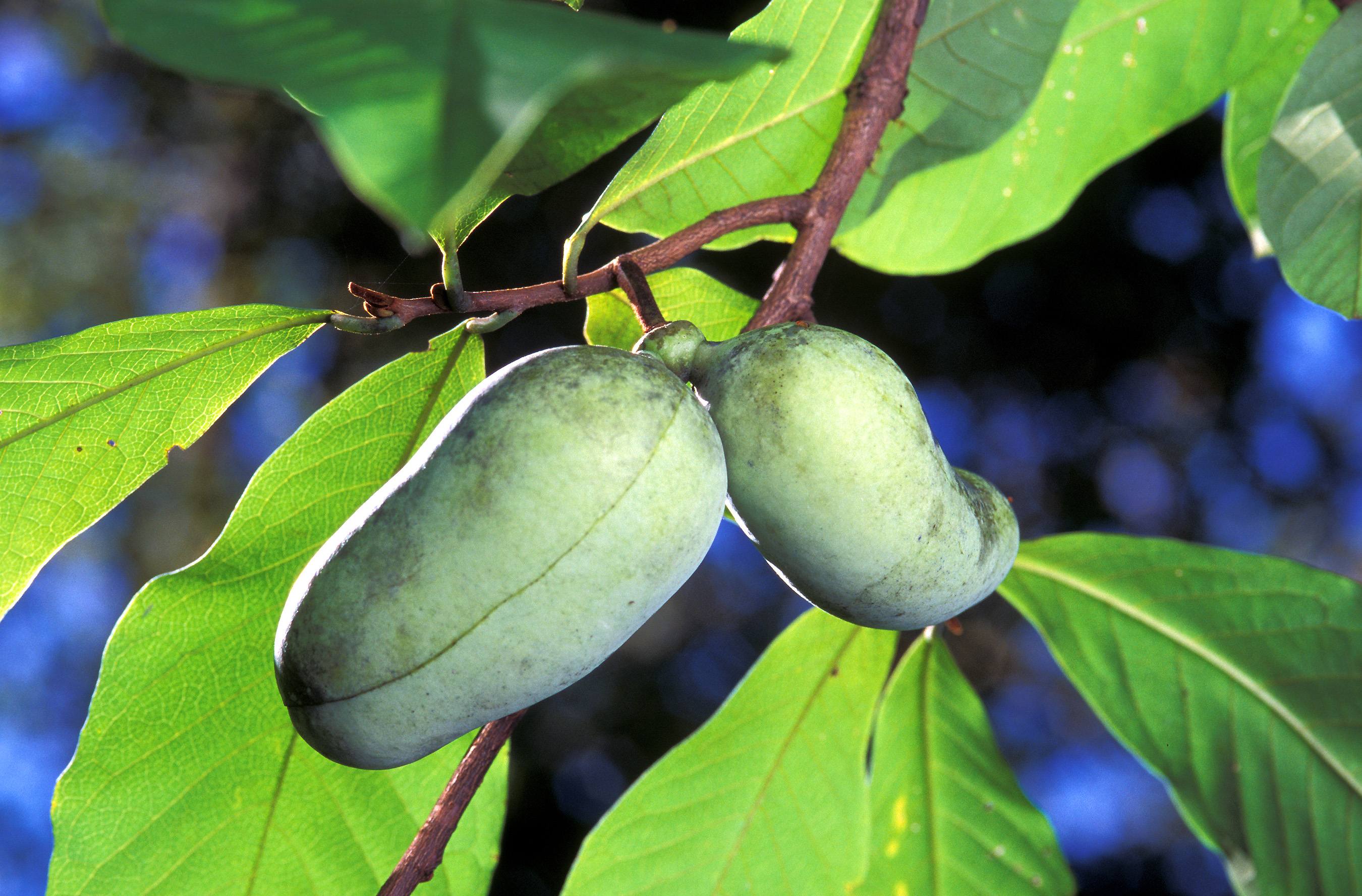
At Limbwalker, we love trees. There is no question that trees increase the quality of our lives. From tangible benefits like oxygen production, shade, privacy, and aesthetic appeal…to even sentimental value…trees add so much to the world that we live in!
For that reason, every year, we like to pick a Limbwalker “Tree of the Year.”
It’s just something fun that we do based upon a tree that we’re frequently recommending and that we think homeowners would enjoy as much as we do. We love the idea of bringing some recognition to various tree species that people otherwise might not think of for their yards.
In this article, we’ll reveal the Limbwalker Tree of the Year 2023 and why it might be a species for you to consider for our Louisville, KY home.
Without further ado, this year, we chose the Pawpaw Tree to be our tree of the year.
There are a few reasons why we really love the Pawpaw tree.
_1_(39451806582).jpg?width=2138&height=1798&name=Asimina_triloba_(pawpaw_tree)_1_(39451806582).jpg)
The Pawpaw tree is what we might call a “curiosity tree” in that it’s something unique and interesting. It’s a tree that you might like to go sit by and enjoy some time with your family or friends.
One thing that is special about the Pawpaw is the tropical fruit it produces.
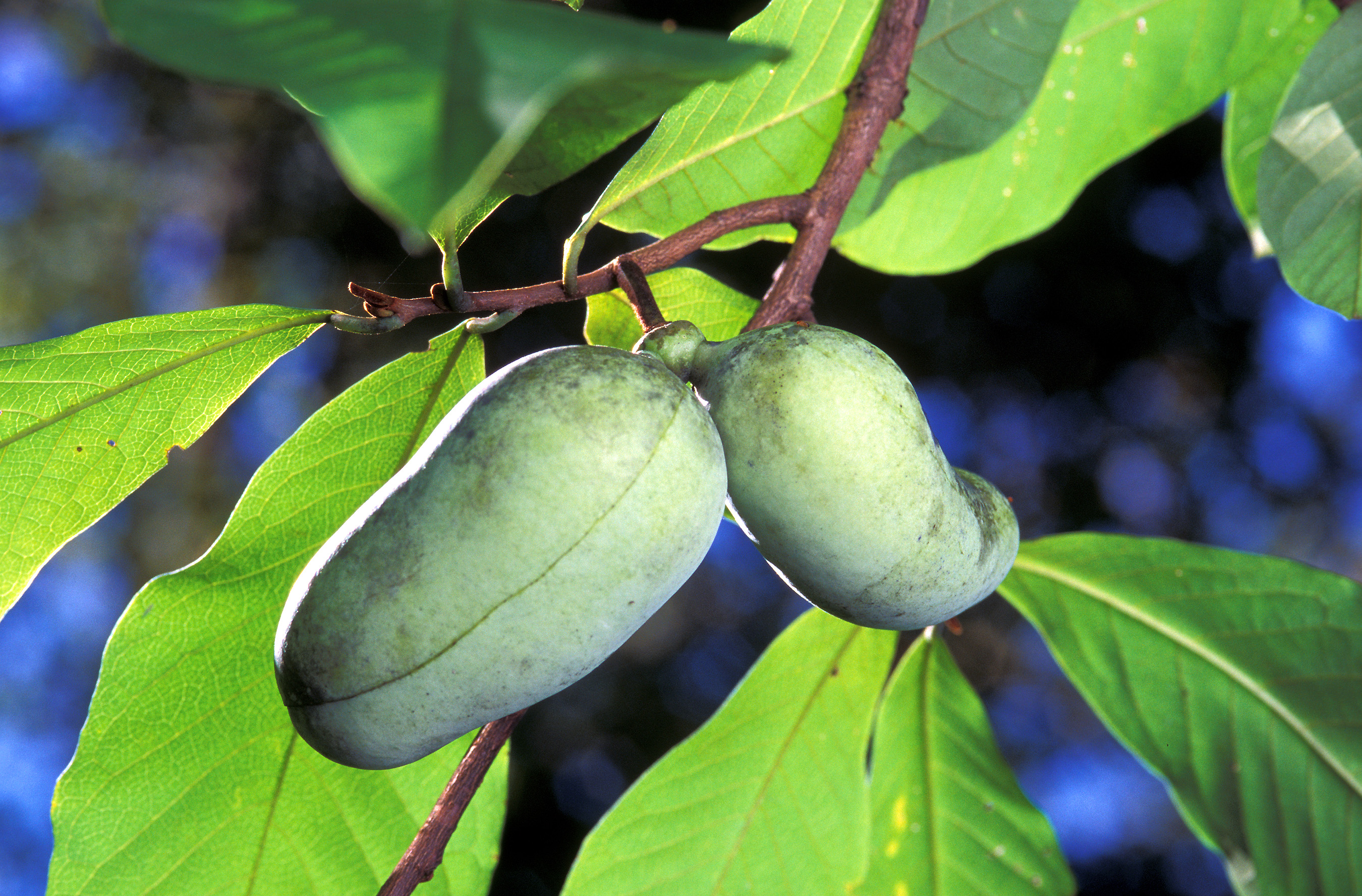
Pawpaws produce the largest edible fruit in North America. They look like mangoes but the taste is somewhere between a mango and a banana. Pawpaws are very nutritious fruits and are high in vitamin C.
However, a single Pawpaw tree is not going to grow any fruit. If you want your Pawpaw tree to bear fruit, you do need to plant two individual trees as cross-pollination is necessary for this tree type.
Another reason that we love the Pawpaw tree is its history.
The Pawpaw tree is native to North America with a long history in the United States. It also has a historic value significant to Kentucky. You have likely heard about the “Pawpaw Tree Incident of 1882.”
An infamous fight between the Hatfield’s and the McCoy’s took place in a Pawpaw field.
There is also a traditional Appalachian folk song, Way down yonder in the Pawpaw patch that you’ve likely heard.
Its unique fruit and its history are two key reasons we chose the Pawpaw as our Tree of the Year. But it’s also just the “look” of the Pawpaw tree that we love. It has a bit of a wild look that can add some appeal to an otherwise highly manicured Lousiville, KY home.
Often, our choices in trees in a residential area end up being pretty tame and manicured…but we think the Pawpaw is a fun selection that adds a little bit of interest and flair.
If you’re thinking about adding our Tree of the Year 2023, you’ll want to make a few key decisions during installation.
If adding more than one Pawpaw tree to your Louisville property, we’d advise planting them in a group, like a wall. They can provide a great screen and add some privacy in the Spring and Summer.
Of course, this is a deciduous tree so it’s going to start losing its leaves in the Fall and Winter, but it does make a nice screen during the months you’re spending the most time outside.
Pawpaw trees are available locally at any major nursery location. If you are uncomfortable installing a tree yourself, this is a task that a landscaper could handle for you.
As far as caring for your Pawpaw, there isn’t much to do in the initial three years of its establishment on your property. In fact, with most trees, there’s not much to do in those initial three years other than keep it watered. You won’t worry about pruning or fertilizing until later.
But down the road, when your Pawpaw is established, you’ll want to consider investing in Plant Health Care in order to maintain its well-being.
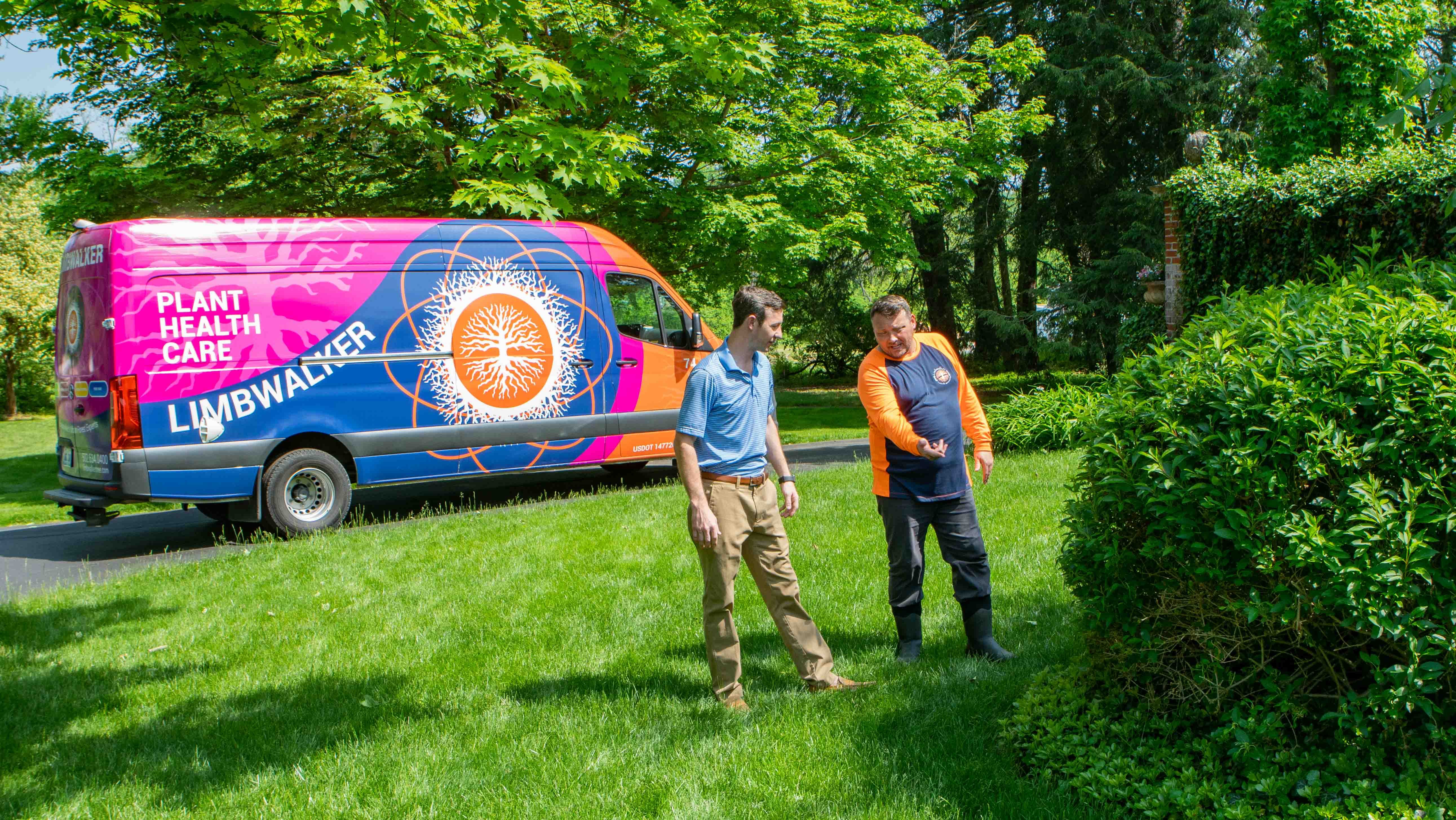
Plant Health Care is a way to be proactive about maintaining the long-term health of all the trees and shrubs on your property. As we said at the start of this article, we love trees…and we want to do what we can to protect them.
Whether you are adding a Pawpaw tree, or something else, we can help ensure that your trees stay healthy for many years to come.
Are you ready to have a healthy and thriving landscape at your Louisville, KY home? Get in touch with us to get a quote for our plant health care program.
Image source: https://commons.wikimedia.org/wiki/File:Asimina_triloba_(pawpaw_tree)_1_(39451806582).jpg, https://commons.wikimedia.org/wiki/File:Asimina_triloba3.jpg


